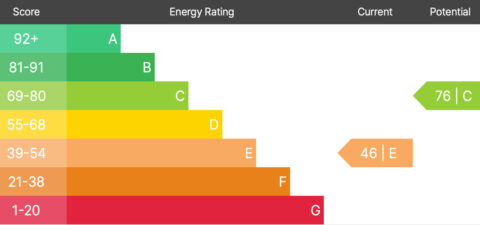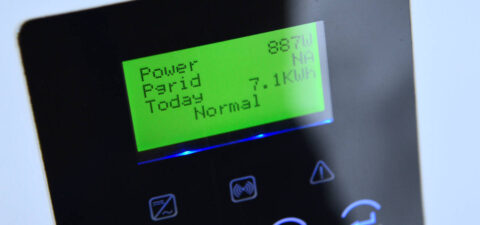Petrol / Diesel Hybrid vehicles (Parallel Hybrid)
Hybrid vehicles combine an internal combustion engine (ICE), petrol, diesel, Liquid Petroleum Gas, Compressed Natural Gas, with one or more electric motors, and fall into the following categories:
Full hybrids The Toyota Prius is probably the best-known full hybrid vehicle on the market, often favoured by celebrities. This type of vehicle can be driven for a short distance utilising its electric motor. As speed increases and more acceleration is needed, the engine automatically kicks in. This battery cannot be plugged in; a process known as regenerative braking supplemented by ICE generated power maintains charge. Good in slow moving traffic in urban areas, as tailpipe emissions are zero. Though less good for motorway driving where a similar sized diesel car may be more economical.
Mild hybrid vehicles, such as the Honda Insight, are not plugged in and can't be driven on battery power alone. The engine stops when the car is resting and starts when the accelerator is pressed. This means it is possible to use a smaller petrol engine and improve fuel efficiency, useful for urban driving.
Stop-Start Hybrid This does what is says on the tin - the engine is shut off when the vehicle is stationary.
Micro Hybrids This type normally has a 12v battery and utilises a stop-start system and regenerative braking to charge the battery.
Advantages
- proven technology
- zero emission when driving on batteries
- fuel efficient in traffic
- easy to drive
- tax efficient
Disadvantages
- relatively expensive
- fuel economy not very good on motorway journeys
- complex to maintain
- embedded energy used in battery manufacturing
See cost per mile calculations
Compare the annual running costs of petrol hybrid vehicles and diesel hybrid vehicles to conventional diesel and petrol cars









